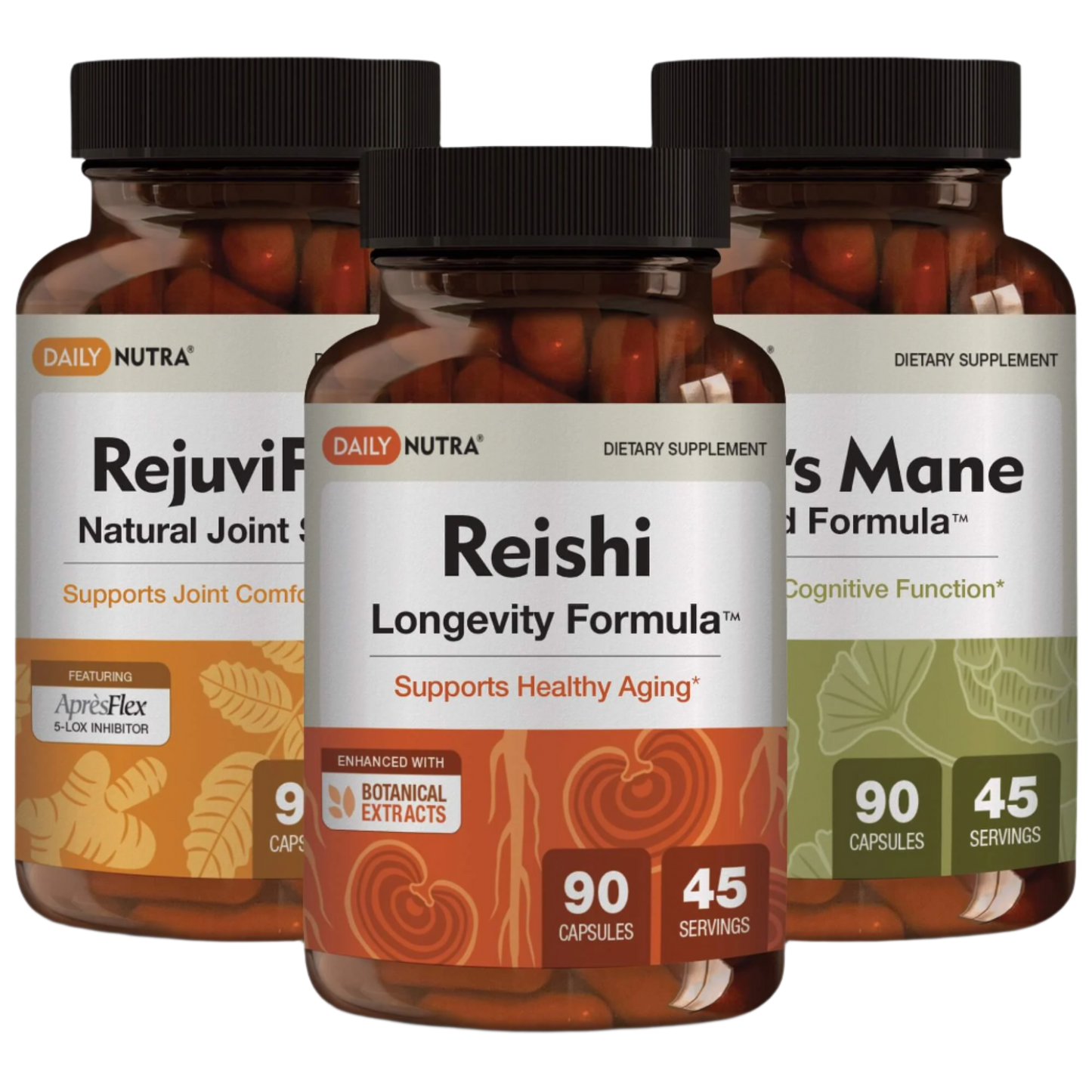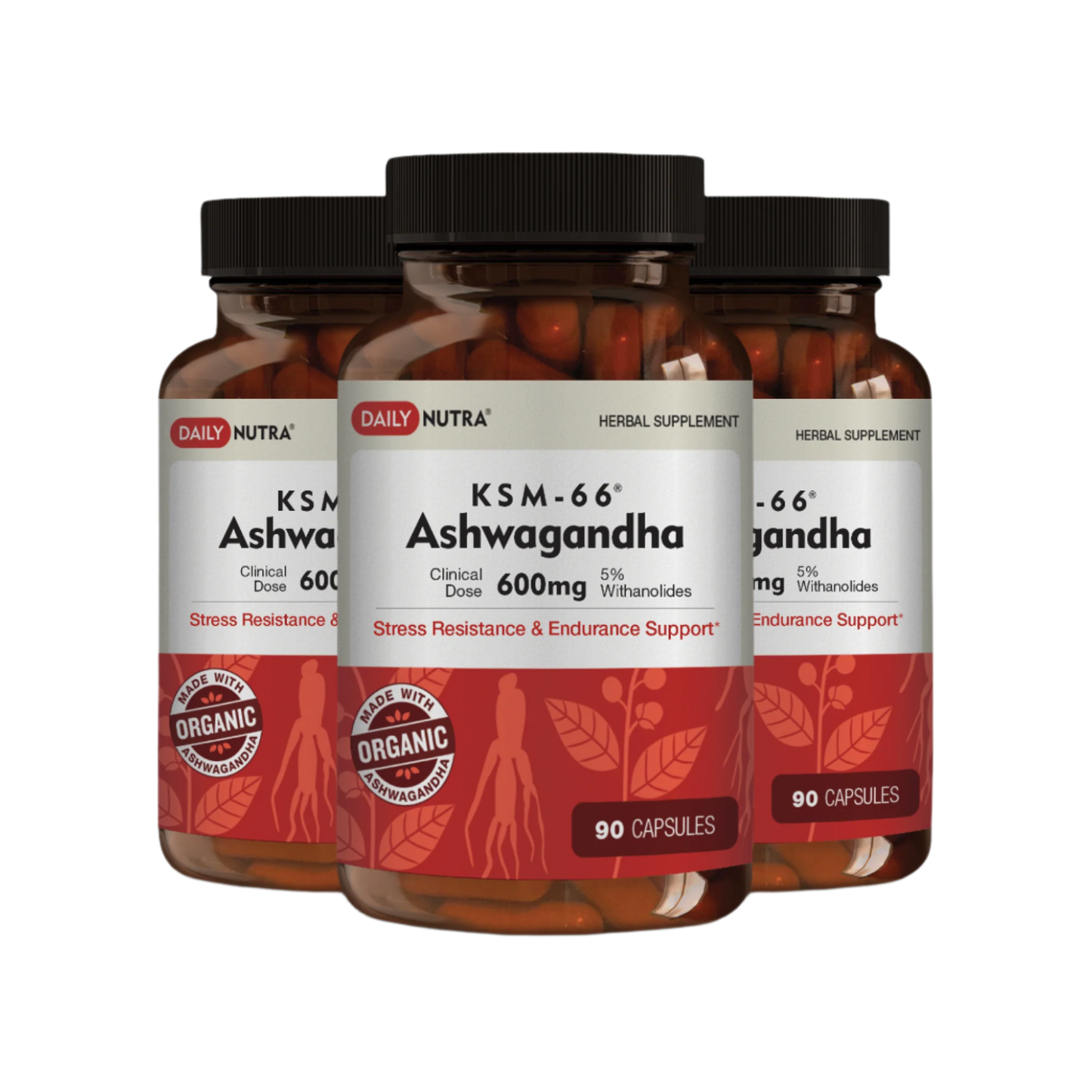Abstract Summary
Objective
This study aims to investigate the key differences between Turkey Tail (Trametes versicolor) and False Turkey Tail (Stereum ostrea), focusing on their respective characteristics, health benefits, and potential risks. The research compares their immune-boosting properties, safety, and therapeutic effects to provide clarity on their distinct roles in herbal medicine.
Context
Turkey Tail and False Turkey Tail mushrooms, both resembling each other in appearance, are commonly found in forests and used in traditional herbal medicine. While Turkey Tail is widely recognized for its immune-supporting properties, False Turkey Tail lacks the same therapeutic profile and may even present risks. This research explores the various aspects that differentiate the two mushrooms, including their botanical characteristics, medicinal uses, and safety profiles.
Methods Used
Approach
This research combines a comparative analysis of Turkey Tail and False Turkey Tail mushrooms, focusing on their biochemical properties, health benefits, and potential risks. The study utilizes both experimental methods, such as testing the mushrooms' effects on immune markers in lab settings, and a thorough review of existing literature to understand their roles in traditional and modern herbal practices. Data from clinical trials and research studies were analyzed to highlight any differences between the mushrooms.
Data Collection
Data were collected from clinical studies, herbal medicine research papers, and lab experiments. Participants were administered Turkey Tail and False Turkey Tail extracts to assess their effects on immune system function, antioxidant activity, and potential side effects. Literature from reputable sources was also reviewed to assess the historical use and modern applications of both mushrooms.
Researchers' Summary of Findings
Impact on Health
Turkey Tail is a potent immune booster, particularly effective in modulating the immune system through its polysaccharides, like beta-glucans. It is also associated with cancer support and gut health improvement, due to its beneficial effects on the gut-associated lymphoid tissue (GALT).
False Turkey Tail, while sharing a similar appearance, does not have the same medicinal benefits as Turkey Tail. It lacks the polysaccharides and immunomodulatory effects that are integral to Turkey Tail's effectiveness in immune support. False Turkey Tail may cause mild gastrointestinal distress in certain individuals but is not known to have significant therapeutic properties.
Health Implications
Turkey Tail has shown positive impacts on immune health, particularly in cancer patients undergoing treatment, thanks to its ability to boost the body's natural defense mechanisms. Additionally, it has been shown to have potent antioxidant properties, which may support overall longevity and healthy aging.
False Turkey Tail, on the other hand, lacks significant scientific support for health benefits and is not recommended for therapeutic use. While it may have some minor anti-inflammatory properties, these are not substantiated by major clinical trials or research. It is important to distinguish this mushroom from the genuine Turkey Tail, as it can sometimes be mistaken for it due to their similar appearance.
Sustainability
Both Turkey Tail and False Turkey Tail mushrooms grow in forest ecosystems and contribute to the natural decomposition process. However, Turkey Tail is more widely cultivated in controlled environments due to its higher demand in the supplement market. False Turkey Tail, being less commercially viable, is not typically grown for health purposes. Both mushrooms can be sustainably harvested from natural environments with minimal environmental impact when done responsibly.
DOI
10.1007/s00424-025-00985-3





